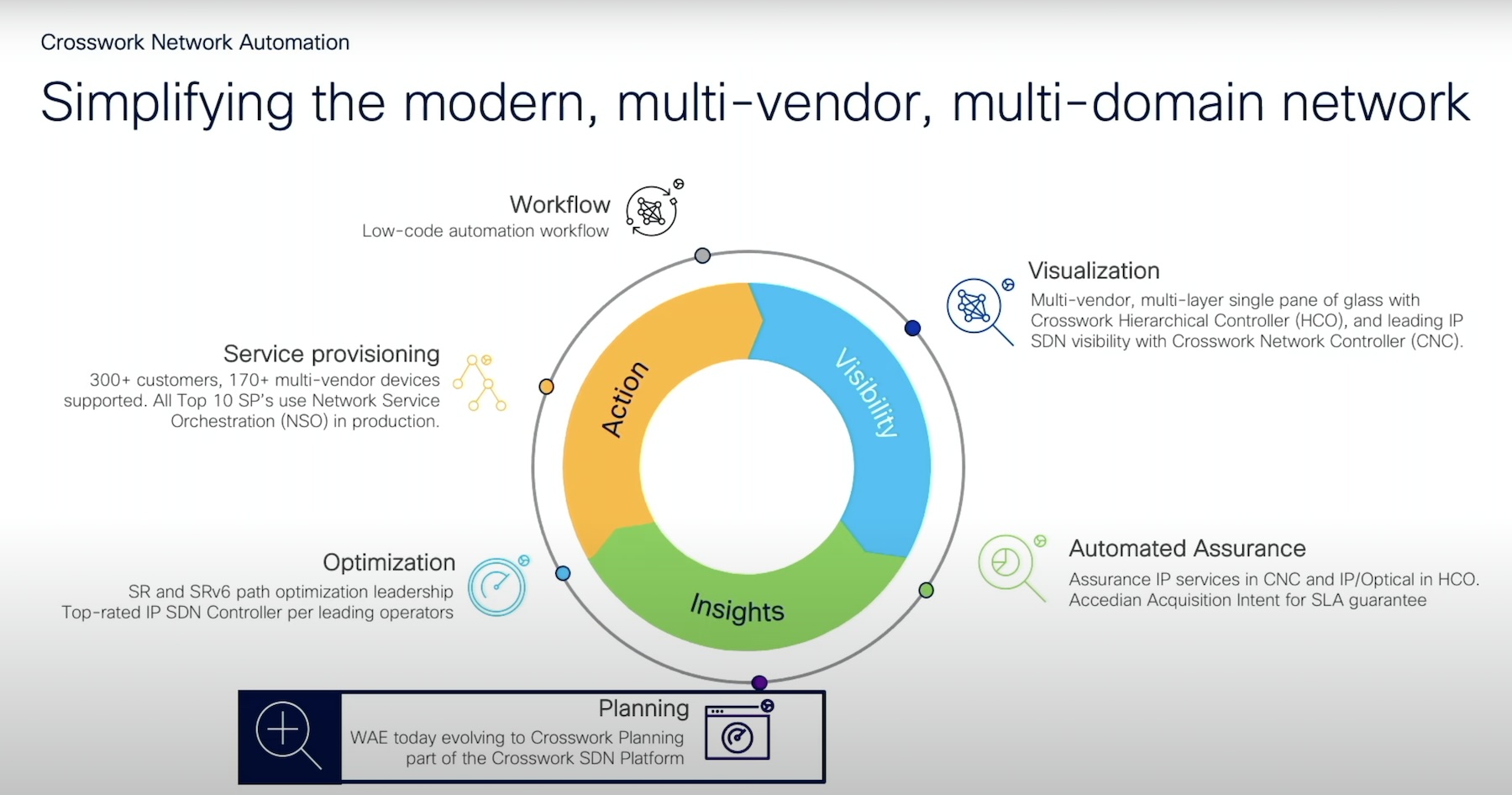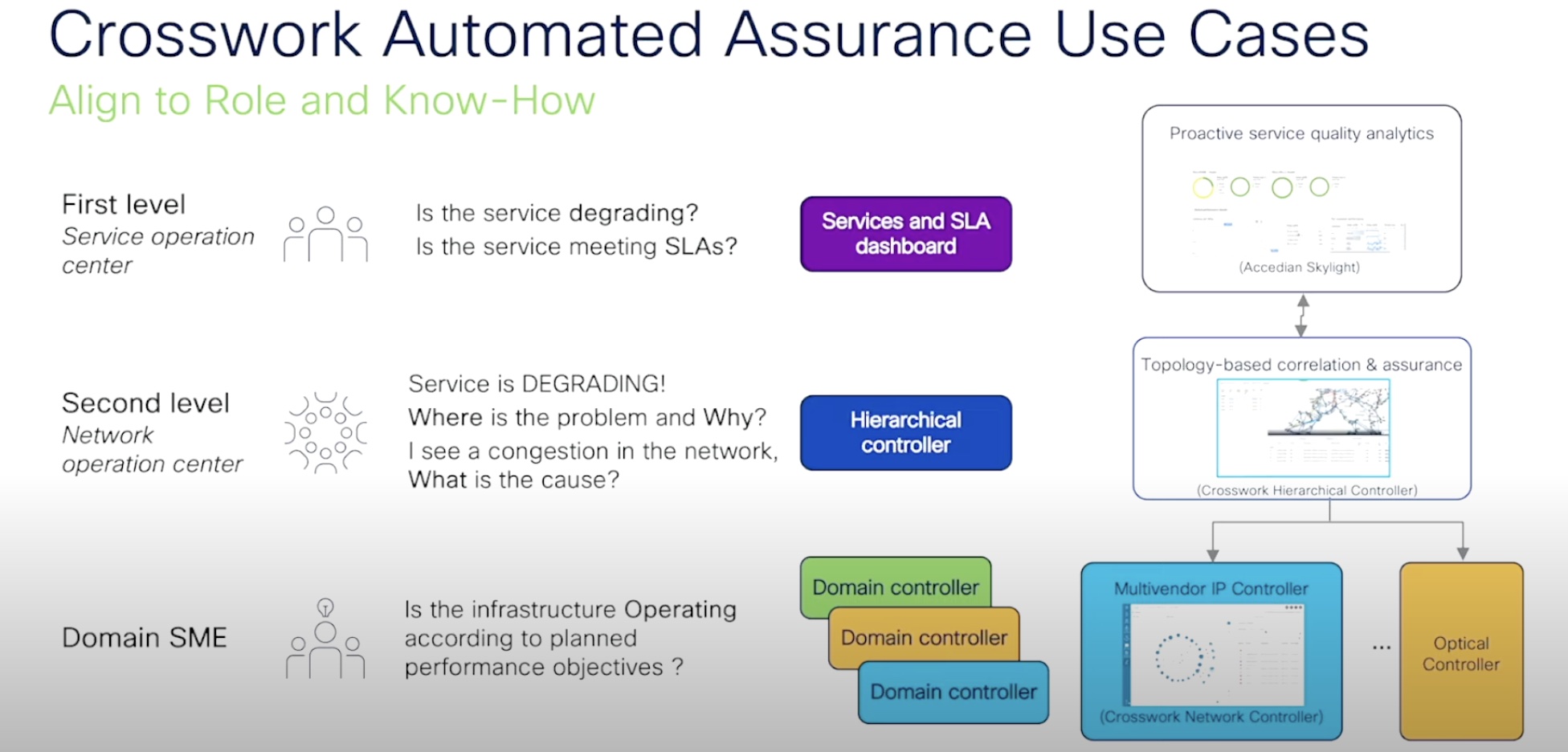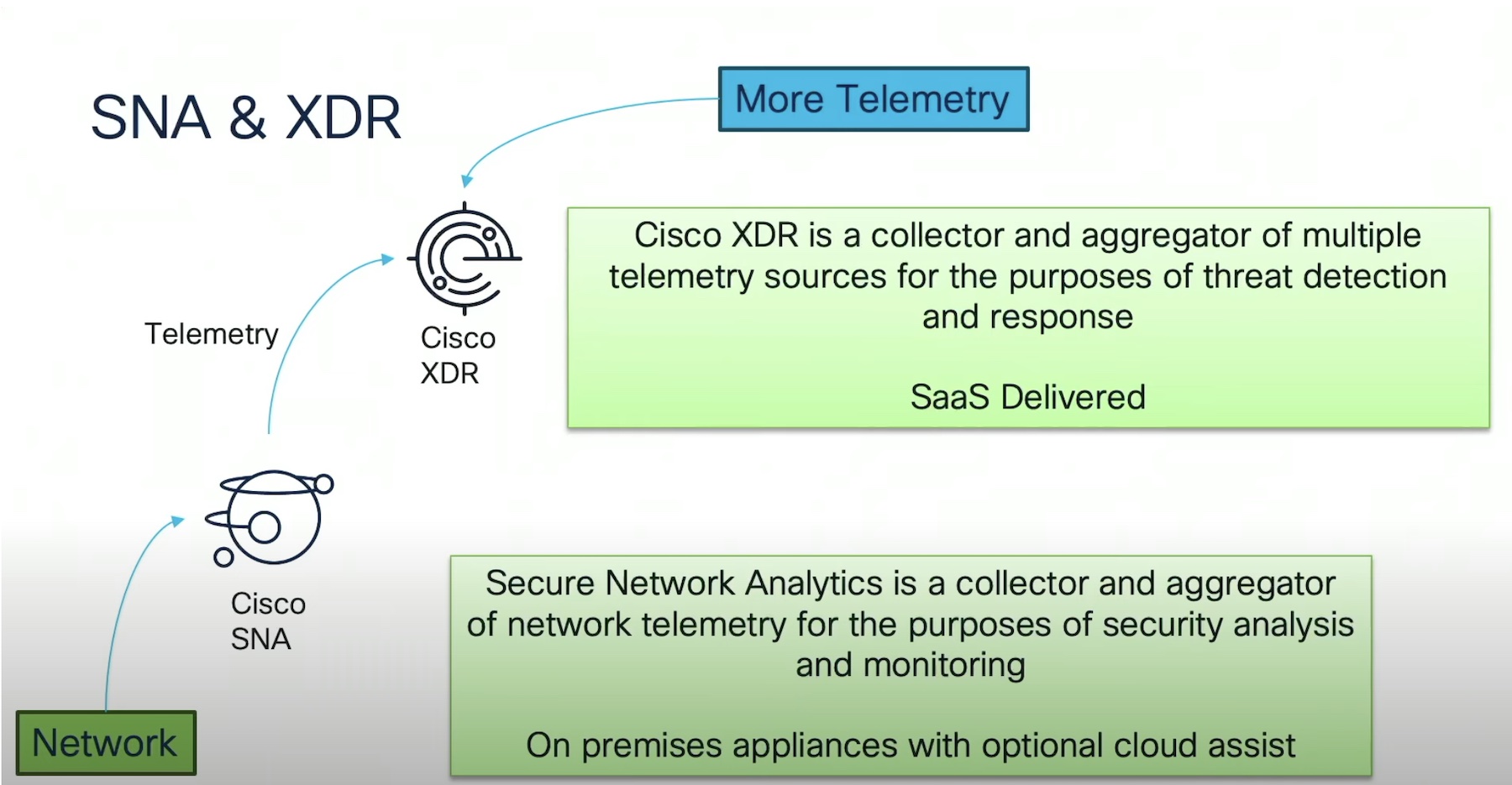My eldest son was talking to me recently about a video game he was playing. He told me it didn’t make sense to him because the main characters were talking in gibberish.
When I asked him to clarify, he said that he understood the words they were saying perfectly fine, but the statements didn’t make sense. The character was French and spoke French in the game, but the sentences didn’t make sense in French to him even though he had just started taking the language.
Even he knew enough to realize that what was being said wasn’t going to be understood by French speakers. It was almost as if someone just looked up words in a French dictionary and put them in the script.

Network Complexity
Networks are no different. Rarely are they homogenous from a vendor perspective. Even if you take the time and effort to build a network with similar styles of devices with consistent command interfaces, you’re going to find technology marching on at a rate that obsoletes your choices. If you work in a service provider organization, your hands may be so tired that you will never find yourself able to have a consistent interface across the board. Sound scary? Now, let’s automate it all!
No doubt, the idea of automating your network to start providing the kinds of force multiplication that can be derived from intent-based solutions and policy-driven implementations gives you heartburn. It’s difficult enough to figure this all out with a collection of automation scripts and API documents for various equipment from a single vendor. If we extrapolate this in our sample organization of heterogeneous equipment from multiple vendors, we’re looking at a project that may take the rest of our careers even to launch!
We need a translator, much like the video game that my son was telling me about. We don’t just need to know the words of the various languages that we’re working on but how to string them together into sentences that fit our story. We need a dictionary and a writer that knows English, French, German, Japanese, and maybe Python on top of all that.
Crosswork Puzzles
Enter Cisco. They’re one of the biggest networking companies out there in the enterprise and service provider space. They’ve spent years working on integrating their equipment into a variety of organizations. They know what heterogeneous networks look like, and they also know they’re going to need to figure out how to play nicely in them to keep customers coming around to buy things from them.
With the shift to automation and policy-driven enforcement, it’s more important than ever to have a solution that allows you to command the network from a central location and make the appropriate changes on multivendor devices. That’s the whole point of policy. Instead of the policy being a command line to be interpreted to stakeholders, the definition should be something simple: ‘Web browser traffic needs to go through this web proxy before going to the internet’. How that policy is implemented through access control lists and firewall rules, and service chaining is what the policy’s implementation engine should take care of, not the humans.
Cisco has been working on a solution to make this happen, and they showed it off at Networking Field Day 23 last fall with the Cisco Crosswork Network Controller. Here’s a great video talking about what the controller does:
In short, the Crosswork Network Controller helps make your multivendor network environment homogeneous. It can program devices using standards-based technologies to implement policy outcomes. Using NETCONF and YANG as the provisioning languages, the Crosswork Network Controller executes the business decision-makers’ will. That means there’s no more scratching your head when you have to remember if you logged into an IOS-XE switch, IOS-XR router, or if this firewall is running some arcane version of the software that you’ve long-ago forgotten the commands for. The controller does the hard part of translating your policy into CLI or GUI details for digestion by the end devices.
We talk a lot in networking about the real value of automation. It’s consistent, repeatable work that can help your operations staff focus on the challenging problems and leave the actual implementation work to something that does it much faster than their fingers can. That allows the operations people to spend less time worrying about typos in their commands or even needing to look up command references on the internet. It’s the difference between translating something by hand because you don’t trust the computer system or just letting the computer do the bulk of the work and correcting the output.
Bringing It All Together
The days of customer, bespoke, artisan network environments are coming to a close. We can no longer afford to handcraft every command that goes into the network because we’re afraid that something might get messed up. We need a solution that speaks multiple languages and can translate across them, so our ideas and policies don’t end up becoming gibberish when we implement them. That’s why Cisco’s Crosswork Network Controller is a bold step in the right direction. It’s the right platform to help us translate our network policy into the marching orders the devices need no matter what language they speak.
For more information about Cisco and their Crosswork platforms, make sure to check out their Crosswork page here.




